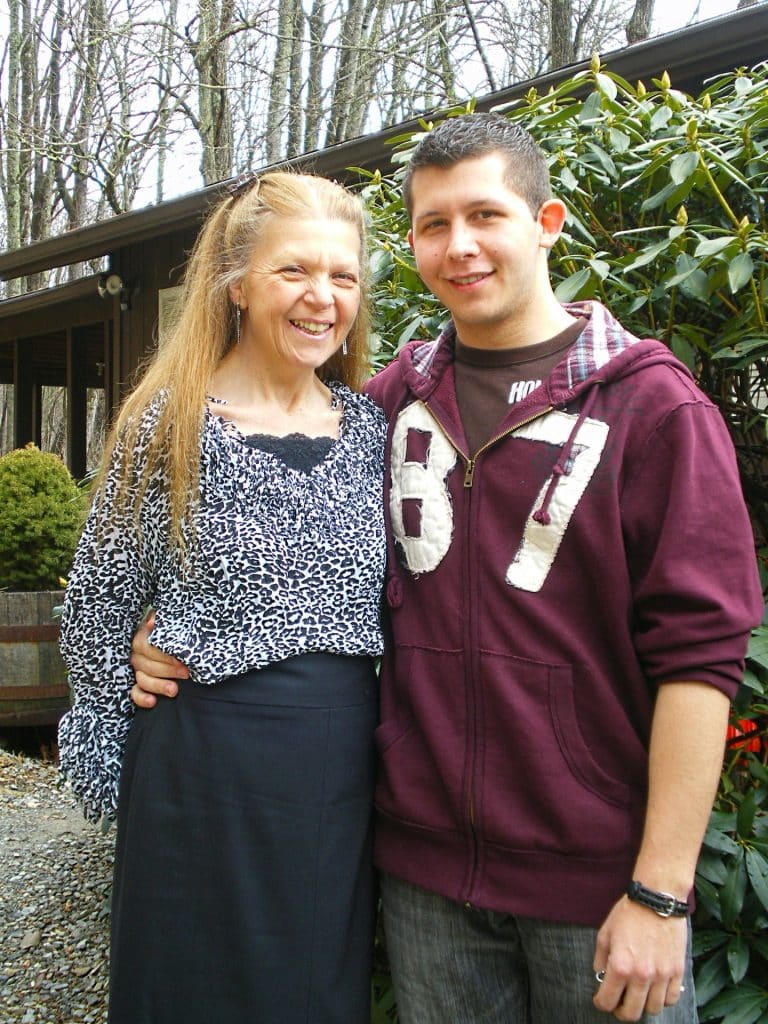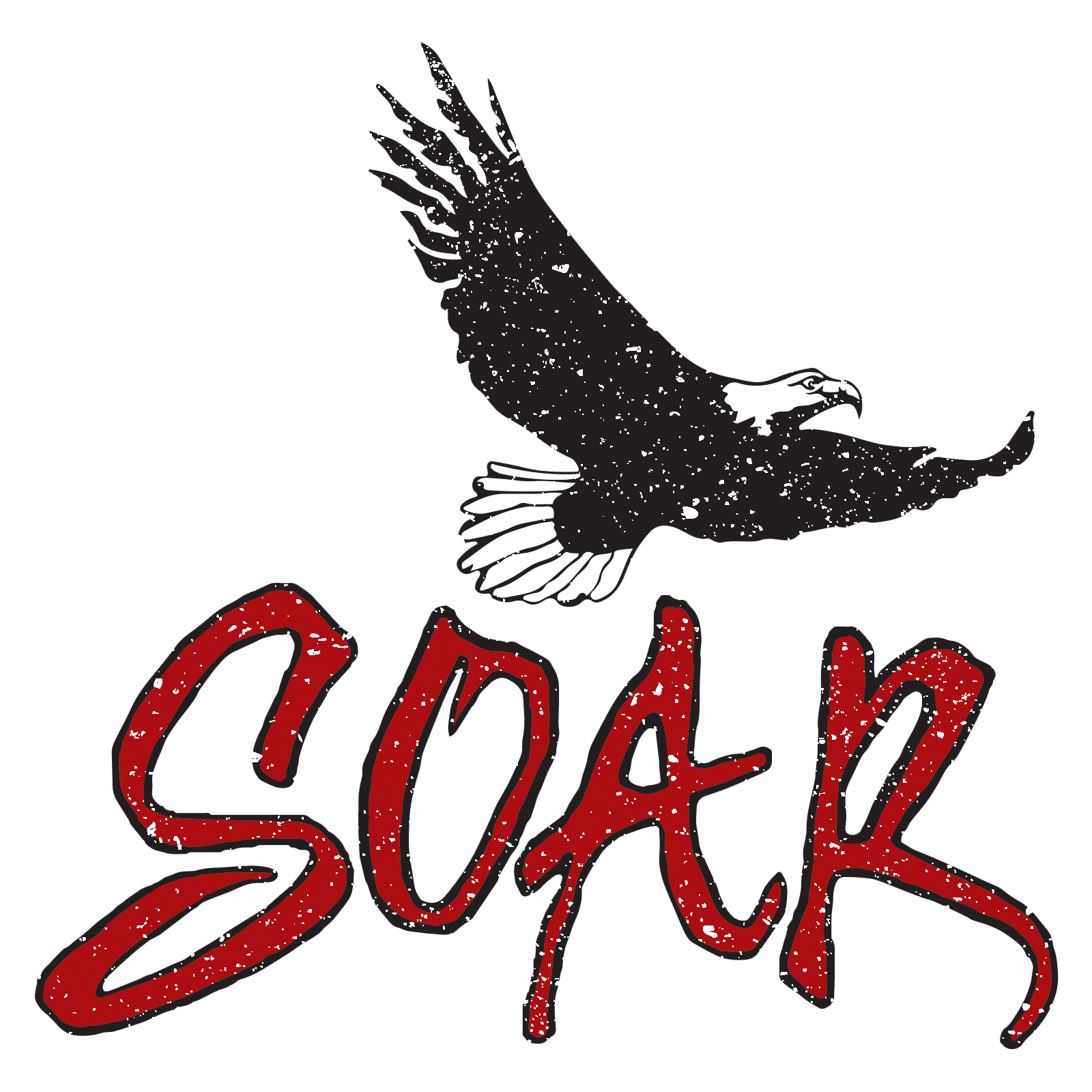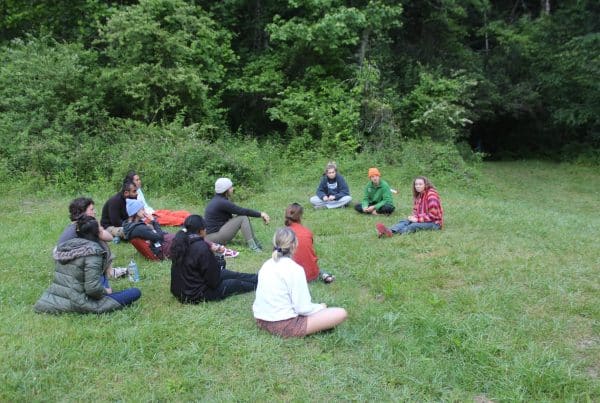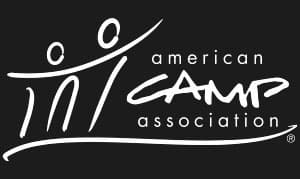ADHD is often associated with hyperactive boys bouncing off classroom walls, but that stereotype misses a huge part of the story. Girls with ADHD often go undiagnosed, unsupported, and misunderstood. This can leave lasting emotional scars that follow them into adulthood.
ADHD in Girls: What It Looks Like
Unlike the more visible symptoms typically seen in boys (hyperactivity, impulsivity), girls often exhibit:
- Inattentiveness
- Daydreaming
- Emotional sensitivity
- Perfectionism
- Trouble with time management and focus
These subtle signs are frequently brushed off as “being dramatic,” “lazy,” or “too sensitive.” As a result, many girls don’t get diagnosed until much later—if at all. According to Child Mind Institute, untreated ADHD in girls can contribute to low self-esteem, depression, and anxiety, particularly during adolescence.

The Emotional Toll of Being Missed
Girls with ADHD often internalize their struggles, thinking there’s something “wrong” with them. School becomes a source of stress and shame. Since school is a child’s first full-time job, failing to meet expectations can deeply damage a girl’s sense of self-worth.
And it’s not just about academics. Social interactions can be tricky. Girls may speak impulsively, miss social cues, or struggle to maintain friendships. Over time, this can create feelings of rejection and isolation.
WandaJean Jones: A Forgotten Pioneer With a Familiar Story
SOAR—Success Oriented Achievement Realized—was founded by Jonathan and WandaJean Jones, both adults with learning disabilities. Many don’t know is that Wanda Jean had a deeply personal connection to ADHD—one that mirrors the experience of many girls.
WandaJean likely had what was then called Focused Attention Deficit Disorder, now known as ADHD without hyperactivity. Growing up, she wasn’t loud or disruptive. She was a quiet daydreamer. But instead of being nurtured, she was punished. In parochial school, nuns would strike her knuckles with a wooden ruler when they caught her lost in thought. There were no grades for creativity or curiosity—only welts on her hands.
She endured bullying and constant criticism. Like many girls with ADHD, WandaJean began to see herself as “stupid” or “lazy.” She felt as though she didn’t measure up to the expectations of girls her age, always sensing that she was different. It was only later in life, through reflection and healing, that she recognized her strengths. Nature became her safe haven—a place where she could freely explore, think, and be herself.
Her experience helped shape the vision for SOAR: a place where neurodivergent youth, particularly those with ADHD and learning differences, are empowered, not shamed. A place that offers adventure, structure, and most of all, understanding.
From struggling in school to founding her “goodness of fit” as SOAR’s bookkeeper/comptroller and becoming SOAR’s first CFO, WandaJean played an integral role in SOAR’s early days. She also pioneered the horseback riding program in Wyoming and embraced life as a loving wife, devoted mother, and proud grandmother. Her journey serves as a powerful inspiration to young girls everywhere.
Learn more about SOAR’s mission and impact at sienna-parrot-695321.hostingersite.com.

How SOAR Supports Girls with ADHD
Girls with ADHD often face a unique mix of challenges—internalized anxiety, social struggles, perfectionism, and a deep sense of “not being enough.” SOAR provides a transformative environment where these girls are not only accepted but also celebrated.
1. Strength-Based Programming
Rather than focusing on what’s “wrong,” SOAR’s approach highlights what’s strong. Girls are encouraged to lean into their natural creativity, intuition, empathy, and curiosity. Adventure-based learning, such as rock climbing, hiking, paddling, and team-building, helps participants learn resilience, leadership, and confidence.
2. Small, Supportive Group Settings
Girls with ADHD often struggle in large, overstimulating environments. SOAR maintains small group sizes to foster deeper connections and reduce overwhelm. These settings allow staff to understand each girl’s individual learning style and emotional needs, offering personalized support.
3. Executive Function Coaching
Time management, organization, and task initiation are often difficult for girls with ADHD. SOAR integrates real-life skill-building into everyday activities, helping girls practice routines, manage gear, plan trips, and meet group goals. This experiential learning sticks more than worksheets ever could.
4. Mentorship and Role Models
Many girls with ADHD feel like outsiders. At SOAR, they meet peers with similar experiences and adult mentors who get it. These positive role models show that success doesn’t mean being perfect but finding what works for you.
5. Emotional Safety and Understanding
SOAR prioritizes emotional safety. Staff are trained in trauma-informed care and ADHD-specific coaching strategies. Girls are encouraged to express themselves without fear of judgment. Emotional dysregulation is met with compassion, not punishment.
6. Outdoor Therapy: Healing Through Nature
Time in nature has proven to have benefits for ADHD, including improved focus, reduced stress, and increased self-regulation. For many girls, SOAR’s wilderness-based programs are the first time they feel at peace in their own minds. The outdoors becomes a mirror, reflecting back their strength and potential.

Creating a Better Future
We need to rethink how we recognize and support ADHD in girls. That starts with awareness:
- Educators must be trained to identify less obvious symptoms.
- Parents should be encouraged to advocate and seek evaluations if something feels “off.”
- Girls should hear more stories like Wanda Jean’s—to know they’re not alone.
ADHD in girls is real. And with the right support, they can do more than cope—they can shine.






